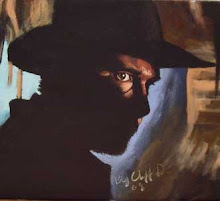
The dollar-for-dollar NBA Luxury Tax is a term that I am very sure NBA team owners dread. To my understanding, "the Cap" is simply this: when the amount of the NBA Salary Cap is determined sometime during the off-season (a complicated process based on player salaries and team revenues from ticket sales, apparel, merchandise, etc.), team are mandated to spend a certain amount to run their respective franchises. But should their spendings exceed the cap budget, they will be penalized with a dollar-for-dollar fine that will be collected and distributed to the 29 other NBA teams.
For example, The New York Knicks, who are Luxury Tax alumni, used their mid-level exemption (see below) last year in order to sign Washington Wizards guard-forward Jared Jeffries to a 5-year, $30 million dollar deal despite being over the cap. How were they affected? Well, instead of spending $30 million, they actually spent $60 million with half that amount going into the luxury tax pool.
Sun-Sentinel's Ira Winderman, a Miami Heat insider, broke down the specifics of cap space and excemptions recently in his blog:
"...you can either use cap space or exceptions during the same free-agency period. You cannot use cap space and then spend an exception. It's one or the other, which is why if you're within mid-level space, you might as well use the exception, bypass space, and try to re-sign your own free agents with Bird rights."
 "The (Larry) Bird Rights" that Winderman is referring too is the ability for an NBA franchise to exceed the NBA's mandated salary cap in order to resign their own free agents. The Boston Celtics and the Legendary Larry Bird, were the first to exercise such an option.
"The (Larry) Bird Rights" that Winderman is referring too is the ability for an NBA franchise to exceed the NBA's mandated salary cap in order to resign their own free agents. The Boston Celtics and the Legendary Larry Bird, were the first to exercise such an option.*Whew*
----------------
Now playing: Dave Matthews Band - #41
via FoxyTunes





No comments:
Post a Comment